Rising Urbanization
The Dining Tables Market experiences a notable influence from the ongoing trend of urbanization. As more individuals migrate to urban areas, the demand for dining tables increases, driven by the need for functional and aesthetic furniture in smaller living spaces. Urban dwellers often seek versatile dining solutions that can accommodate various activities, from dining to working. This shift in lifestyle preferences has led to a surge in the popularity of compact and multifunctional dining tables. According to recent data, urban areas are projected to house over 68 percent of the population by 2050, further emphasizing the need for innovative dining solutions. Consequently, manufacturers in the Dining Tables Market are adapting their offerings to meet the evolving demands of urban consumers.
E-commerce Expansion
The Dining Tables Market is experiencing a transformative shift due to the expansion of e-commerce platforms. With the increasing prevalence of online shopping, consumers are now able to access a wider variety of dining tables than ever before. E-commerce allows for greater convenience, enabling consumers to compare prices, styles, and features from the comfort of their homes. Recent data suggests that online sales of furniture, including dining tables, have surged, accounting for over 30 percent of total furniture sales. This trend is likely to continue as more consumers embrace the ease of online purchasing. Consequently, manufacturers and retailers in the Dining Tables Market are investing in robust online platforms and digital marketing strategies to capture the growing segment of online shoppers.
Sustainability Trends
Sustainability trends are becoming increasingly prominent within the Dining Tables Market, as consumers demonstrate a growing preference for eco-friendly products. The demand for sustainably sourced materials and environmentally responsible manufacturing processes is on the rise. Recent studies indicate that approximately 70 percent of consumers are willing to pay a premium for furniture made from sustainable materials. This shift in consumer behavior is prompting manufacturers to adopt sustainable practices, such as using reclaimed wood and non-toxic finishes. As awareness of environmental issues continues to grow, the Dining Tables Market is likely to see a significant increase in the availability of eco-friendly options, catering to the preferences of environmentally conscious consumers.
Technological Advancements
Technological advancements are reshaping the Dining Tables Market, introducing innovative features that enhance functionality and user experience. Smart dining tables equipped with integrated technology, such as wireless charging and connectivity options, are gaining traction among tech-savvy consumers. These advancements cater to the growing demand for convenience and modernity in home furnishings. Additionally, the rise of augmented reality applications allows consumers to visualize how dining tables will fit into their spaces before making a purchase. This integration of technology not only enhances the shopping experience but also influences consumer preferences. As a result, manufacturers in the Dining Tables Market are increasingly investing in research and development to create cutting-edge products that align with contemporary lifestyle trends.
Growing Interest in Home Decor
The Dining Tables Market is significantly impacted by the increasing interest in home decor among consumers. As individuals invest more time at home, there is a heightened focus on creating aesthetically pleasing living spaces. Dining tables, often considered the centerpiece of dining areas, play a crucial role in home decor. Recent surveys indicate that approximately 60 percent of consumers prioritize style and design when selecting dining furniture. This trend has prompted manufacturers to innovate and diversify their product lines, offering a wide range of styles, materials, and finishes. The emphasis on personalization and unique design elements is likely to drive growth in the Dining Tables Market, as consumers seek to express their individuality through their home furnishings.


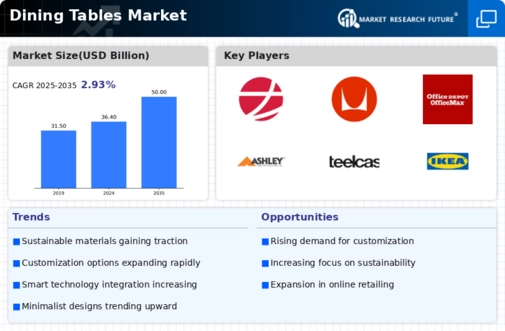
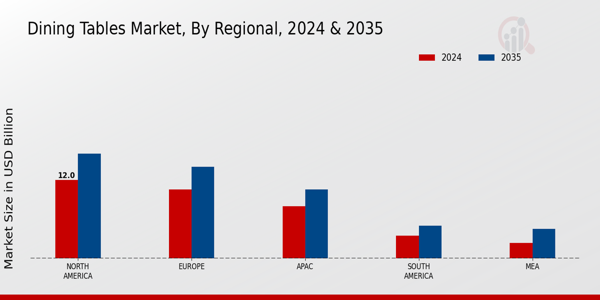
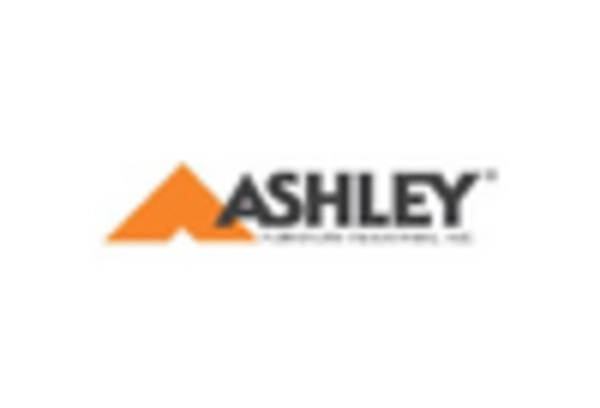
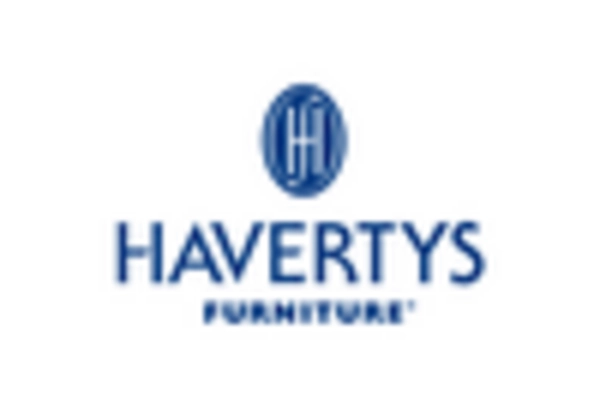
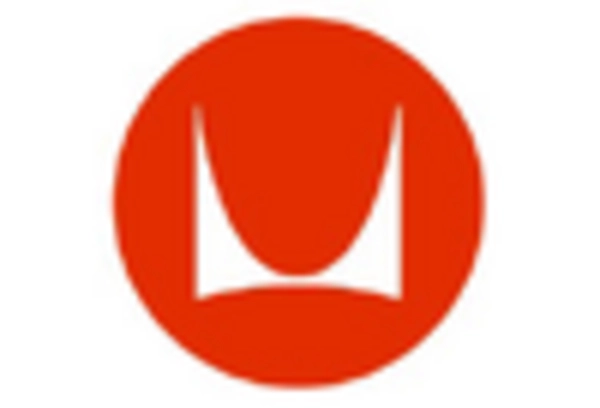
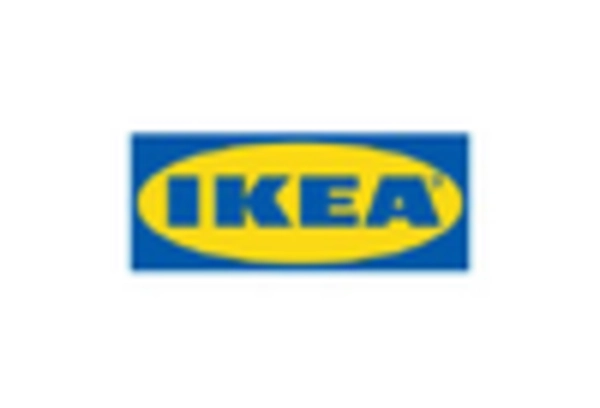
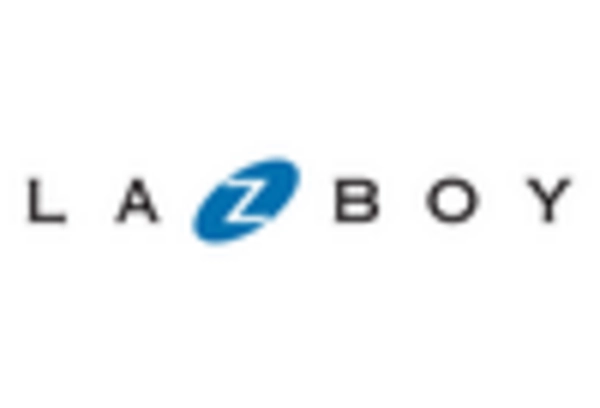









Leave a Comment